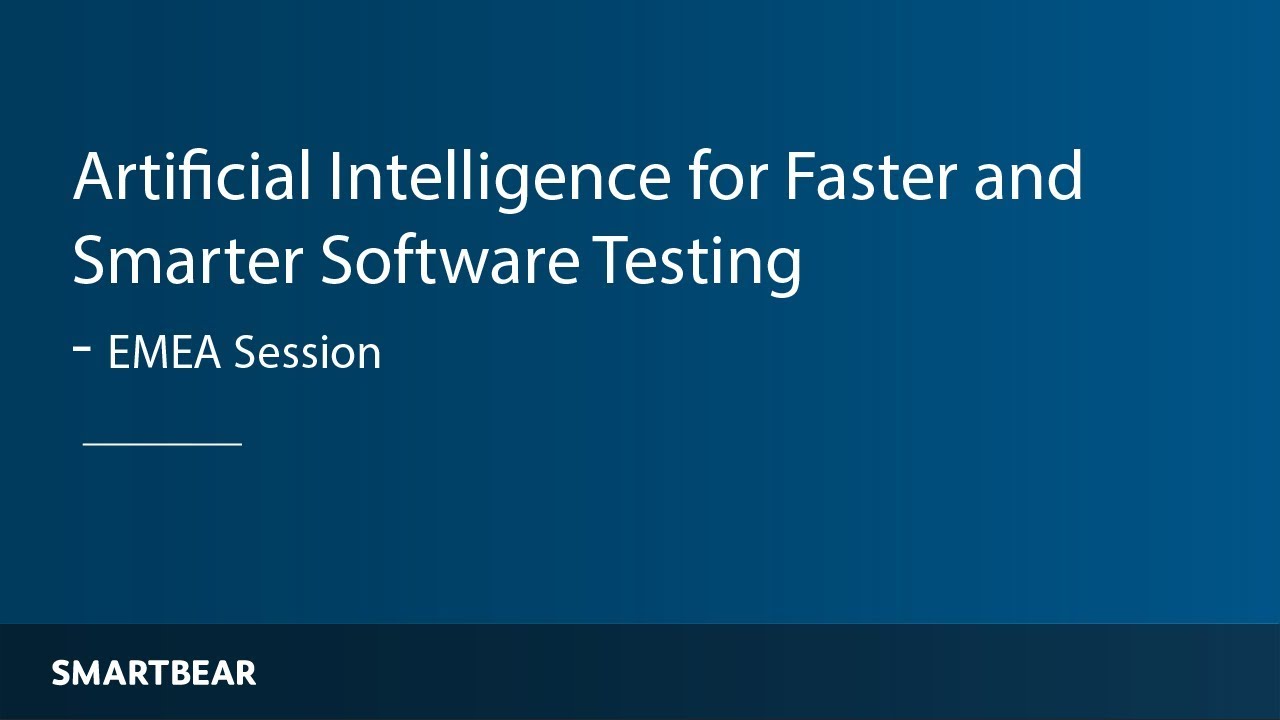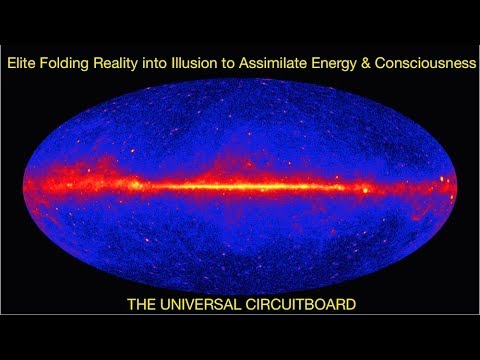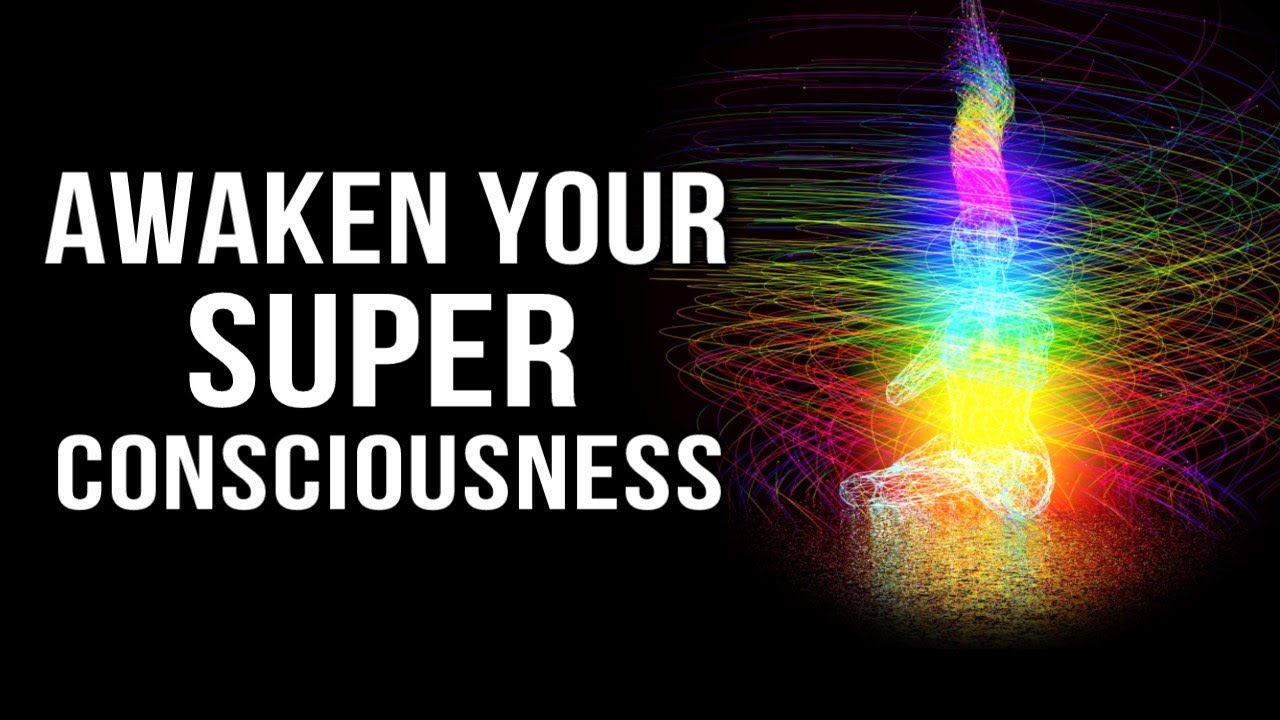Ecstadelic Media
Watch the full documentary on TUBI (free w/ads):
https://tubitv.com/movies/613341/consciousness-evolution-of-the-mind
IMDb-accredited film, rated TV-PG
Director: Alex Vikoulov
Narrator: Forrest Hansen
Copyright © 2021 Ecstadelic Media Group, Burlingame, California, USA
*Based on The Cybernetic Theory of Mind eBook series (2022) by evolutionary cyberneticist Alex M. Vikoulov, available on Amazon:
https://www.amazon.com/dp/B08R2K7ZK2
as well as his magnum opus The Syntellect Hypothesis: Five Paradigms of the Mind’s Evolution (2020), available as eBook, paperback, hardcover, and audiobook on Amazon:
https://www.amazon.com/Syntellect-Hypothesis-Paradigms-Minds-Evolution/dp/1733426140
Reverse-engineering our thinking should be done in terms of networks, modules, algorithms and second-order emergence – meta-algorithms, or groups of modules. Neuronal circuits correlate to “immaterial” cognitive modules, and these cognitive algorithms, when activated, produce meta-algorithmic conscious awareness and phenomenal experience, all in all at least two layers of emergence on top of “physical” neurons.
Reality is fundamentally experiential. Nothing is real for us until perceived. The Conscious Instant Hypothesis denotes that we experience waking reality as a series of perceptual frames. Phenomenal mind springs into existence at increments of conscious instants. A series of such conscious instants constitutes a data stream of consciousness. In a sense, consciousness is really mind-based computing of your experiential branch in this quantum multiverse.
John Archibald Wheeler (1911-2008) was one of the first prominent physicists to propose that reality might not be wholly physical, in some sense, our cosmos must be a “participatory” phenomenon requiring the act of conscious observation — and thus consciousness itself. Wheeler also drew attention to implicit connection between physics and information theory, which was invented in 1948 by mathematician Claude Shannon. Just as physics builds on elementary particles, the quanta, defined by measurement, so does information theory. Its “quantum” is the binary unit, or bit, which is a signal represented by one of two choices: yes or no, plus or minus, zero or one. With his famous “it from bit” concept he unites quantum information theory to consciousness and physics.
While Wheeler emphasized bits at his time, it appears that intrinsically quantum-mechanical forms of information – now known as ‘qubits’ – are even more fundamental. In recent years a rising number of theorists have been exploring whether these curious quanta of information may hold the answer to combining quantum theory and general relativity into a quantum theory of gravity.
If we are to reason for the non-dual picture of the world then quantum physics is directly linked to consciousness. The human brain is a physical organ that transmits and interprets electrochemical signals. Its biochemistry is certainly governed by quantum physical laws, and consciousness — which is clearly related to the functioning of the brain — must therefore be related to the quantum physical processes going on within the brain and in the cosmos at large.
It might be mind-boggling for some people to consider that a coherent description of reality, with all its quantum oddities, can arise from nothing more than first-person subjective experiences. As the quantum theory shows, our entire Universe is deep down non-local. It’s one and the same with non-local consciousness. How so? Research has shown that consciousness is non-local, a scientific way of alluding to a connection within a higher dimensional order. Matter has also been shown to be non-local, which hints that matter might be an expression of consciousness.
Nature computes. There is no good counterargument for digital ontology – discernible differences lie at the baseline of any phenomenon and interaction. All possible universes are arguably run on the ultimate mathematical code. The “Book of Nature” is written in the language of mathematics. All realities are observer-dependent and code-theoretic. Ultimately, any experiential reality is an observer-centric virtuality.
*Subscribe to our channel to catch premiering further installments of the documentary on YouTube! This film is to be released on YouTube in parts.
Or, watch the documentary in its entirety on TUBI (free w/ads):
https://tubitv.com/movies/613341/consciousness-evolution-of-the-mind
IMDb-accredited film, rated TV-PG
Director: Alex Vikoulov
Narrator: Forrest Hansen
Copyright © 2021 Ecstadelic Media Group, Burlingame, California, USA
For more information, please visit: https://www.ecstadelic.net
#Consciousness #Evolution #Mind #Documentary #Film
Source




Consciousness is a very effective natural information technology for successful survival in a competitive environment. And it is not found in the neurons of the brain, but in its informational environment. This is why it cannot be found in neurons. It's not there.
«In philosophy of science and philosophy of mind, cognitive closure is the proposition that human minds are constitutionally incapable of solving certain perennial philosophical problems. Owen Flanagan calls this position anti-constructive naturalism or the "new mysterianism" and the primary advocate of the hypothesis, Colin McGinn, calls it transcendental naturalism acknowledging the possibility that solutions may be knowable to an intelligent non-human of some kind. According to McGinn, such philosophical questions include the mind-body problem, identity of the self, foundations of meaning, free will, and knowledge, both a priori and empirical.»
This is common sense. Though I don't think the informational underlay, the code, is that simple. I have a slightly more elaborate theory than Wheeler. But apart from that, spot on! Great piece!!!
It's becoming clearer that with all the brain and consciousness theories out there, the proof will be in the pudding. By this I mean, can any particular theory be used to create a human adult level conscious machine. My bet is on the late Gerald Edelman's Extended Theory of Neuronal Group Selection. The lead group in robotics based on this theory is the Neurorobotics Lab at UC at Irvine. Dr. Edelman distinguished between primary consciousness, which came first in evolution, and that humans share with other conscious animals, and higher order consciousness, which came to only humans with the acquisition of language. A machine with primary consciousness will probably have to come first.
The thing I find special about the TNGS is the Darwin series of automata created at the Neurosciences Institute by Dr. Edelman and his colleagues in the 1990's and 2000's. These machines perform in the real world, not in a restricted simulated world, and display convincing physical behavior indicative of higher psychological functions necessary for consciousness, such as perceptual categorization, memory, and learning. They are based on realistic models of the parts of the biological brain that the theory claims subserve these functions. The extended TNGS allows for the emergence of consciousness based only on further evolutionary development of the brain areas responsible for these functions, in a parsimonious way. No other research I've encountered is anywhere near as convincing.
I post because on almost every video and article about the brain and consciousness that I encounter, the attitude seems to be that we still know next to nothing about how the brain and consciousness work; that there's lots of data but no unifying theory. I believe the extended TNGS is that theory. My motivation is to keep that theory in front of the public. And obviously, I consider it the route to a truly conscious machine, primary and higher-order.
My advice to people who want to create a conscious machine is to seriously ground themselves in the extended TNGS and the Darwin automata first, and proceed from there, by applying to Jeff Krichmar's lab at UC Irvine, possibly. Dr. Edelman's roadmap to a conscious machine is at https://arxiv.org/abs/2105.10461
While I believe, because I can see this myself, few are aware Alex. They will not listen, because they are not blind, but refuse to see.